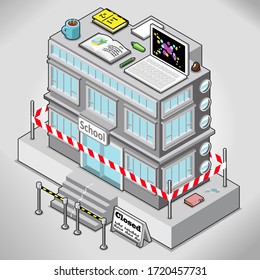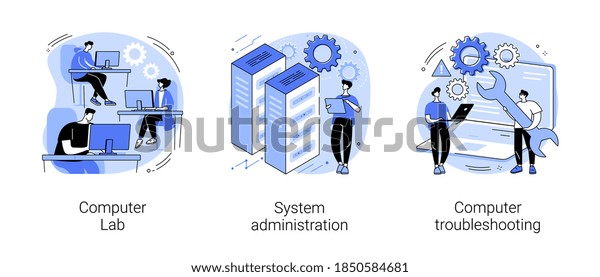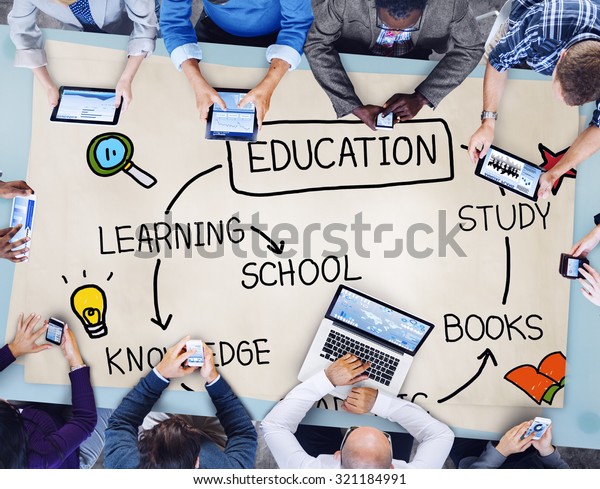
When it comes to barriers in education, there always going to be in everyone’s daily life. It could be from the simplest to the most difficult of things. The good thing is there always a solution to anything. Some of the barriers that I have encountered in my journey of the EdTech as a student are small little thing like citing, blogging, and most important being digital literate.
My Personal Barriers
In the beginning, I thought I knew a decent amount about technology, but I came to the conclusion that I only knew the basics. Being digital literate is so important to me because when I’m done with my studies, I want to be able to teach all my knowledge that I have learned to the students. The small challenges that I have faced were citing, which I don’t know why I find it difficult, and blogging, which can be difficult at times not knowing how work a voice thread. Those were challenges for me. Now imagine an educator, parents, or student facing these situations when dealing with technological barriers.
Some of this issue I have faced have had a simple solution, to have an open commutation with my professors. I am so blessed to have two professors that were so easy to communicate with from day one. Some of the qualities my professor had were being understanding, approachable, motivational, and positive and professional communication. These were amazing feelings that I felt, and it was done through completely online. Now image how wonderful they are in persons. The positive environment they provide for their students is exceptional. Dr. Miller and Dr. Wallace provided me a great example of what a technology professor is and how they any teacher should be.
If there are any barrier you or anyone are facing, my advice is to talk to your leaders on how to overcome those barriers of technology. If it has to do with integrating technology in learning environment, discuss the issue and find solution with your leaders. Having communication with your leaders is very crucial to your success.

Barriers in Education
Moving on, some barriers I think is very important to overcome from the beginning is to be digitally literate and have digital skills. Digital literacy is important for students to understand. The importance of knowing how to read digital information is curial. “Digital Literacy is when someone has the skills to read and write and the ability to be fluent in the world of digital information” (SREB,2018).
Also, I believe it is important to figure out if you’re a digital immigrant or a digital native, just to see where you stand. That could help by helping you overcome personal obstacles when it comes to technology. “Digital immigrants are people born before technology was born. Digital Natives are people born after the digital age but wanted increase their repertoire of technology – enhancing learning” (Hughes, E. S., Bradford, J., & Likens, C. 2018). When you have veteran teachers that are digital immigrants and afraid of technology, that is a barrier. “Teachers who are anxious about learning how to incorporate new technology into instruction may let their fears get in the way of its effective use, and they may not be motivated to improve their current practices” (Kalonde, G. (2017). On the other hand, you can be digital natives, but it doesn’t mean that you know everything about technology. The good thing is they are willing to learn about technology. The only thing is that you need someone who has digital skills to teach you to become digitally literate.

Other barriers include professional development, attitude, skills, lacking resources, bandwidth, and technique support. “Lack of appropriate professional development by school districts of technology integration. In interviews with hundreds of teachers and administrators, found that one of the key barriers to technology making a bigger impact on teacher pedagogy is the lack of ongoing professional development that encourages teachers to collaborate, so they do not feel they have to work in isolation to decipher how best to incorporate new technology” (Kalonde, G. (2017). “The teachers involved in the study indicated that they were reluctant to use technology in their classrooms because they felt deficient in their technology skills. Teachers’ lack of proficiency could explain why educators are not yet integrating technology into their instruction” (Carver, L. B. 2016).

When it comes to bandwidth and lack of support, technical challenges might include the need to carefully plan the logistics of syncing and managing mobile devices as well as making sure the school’s infrastructure and bandwidth are robust enough to support so many devices at once (Kalonde, G. (2017). Lack of support in many schools is the lack of adequate technical support and infrastructure to ensure success with technology (Kalonde, G. 2017).

My advice that I would suggest to my leaders on how to address this issue is doing fun, hands-on, professional development training for teachers. I strongly believe if a teacher gets comfortable with technology, they will be better in performing the lessons online. It’s like anything else, when a student is in a comfortable learning environment, they are more ready to learn. It’s the same with the teacher. If teachers are not comfortable, how do we expect for them to do a great lesson when it comes to teaching online. Having communication with your administrator and co-workers is crucial. Being an advocate for something you believe in is very important. Teachers have to be a voice for their work because at end of the day, it is the teacher teaching the students. There are parents out there that don’t know what to do due to lack of education and/or being digitally illiterate. Student themselves don’t know what to say or do. As a teacher you have to be a voice for them and guide them to being digitally literate and successful in technology.
Reference:
Carver, L. B. (2016). Teacher perception of barriers and benefits in K-12 technology usage. Turkish Online Journal of Educational Technology-TOJET, 15(1), 110-116.
Hughes, E. S., Bradford, J., & Likens, C. (2018). Facilitating collaboration, communication, and critical thinking skills in physical therapy education through technologyenhanced instruction: A case study. TechTrends, 62(3), 296-302
Kalonde, G. (2017). Technology Use in Rural Schools: A Study of a Rural High School Trying to Use iPads in the Classroom. Rural Educator, 38(3), 27-38. Harrell, S., & Bynum, Y. (2018).
SREB, (2018). 10 Issue in Educational Technology,2018. Retrieved December 7,2019 from
http://www.sreb.org/sites/main/files/file-attachemtn/10issue _v8-web_version _accessible .pdf?1521568731
school-building-surrounded-by-barriers-signs-1720457731
closeup-portrait-sad-young-woman-man-370533257
education-knowledge-school-learning-studying-concept-321184991
computers-software-abstract-concept-vector-600w-1850584681.jpg

No comments:
Post a Comment